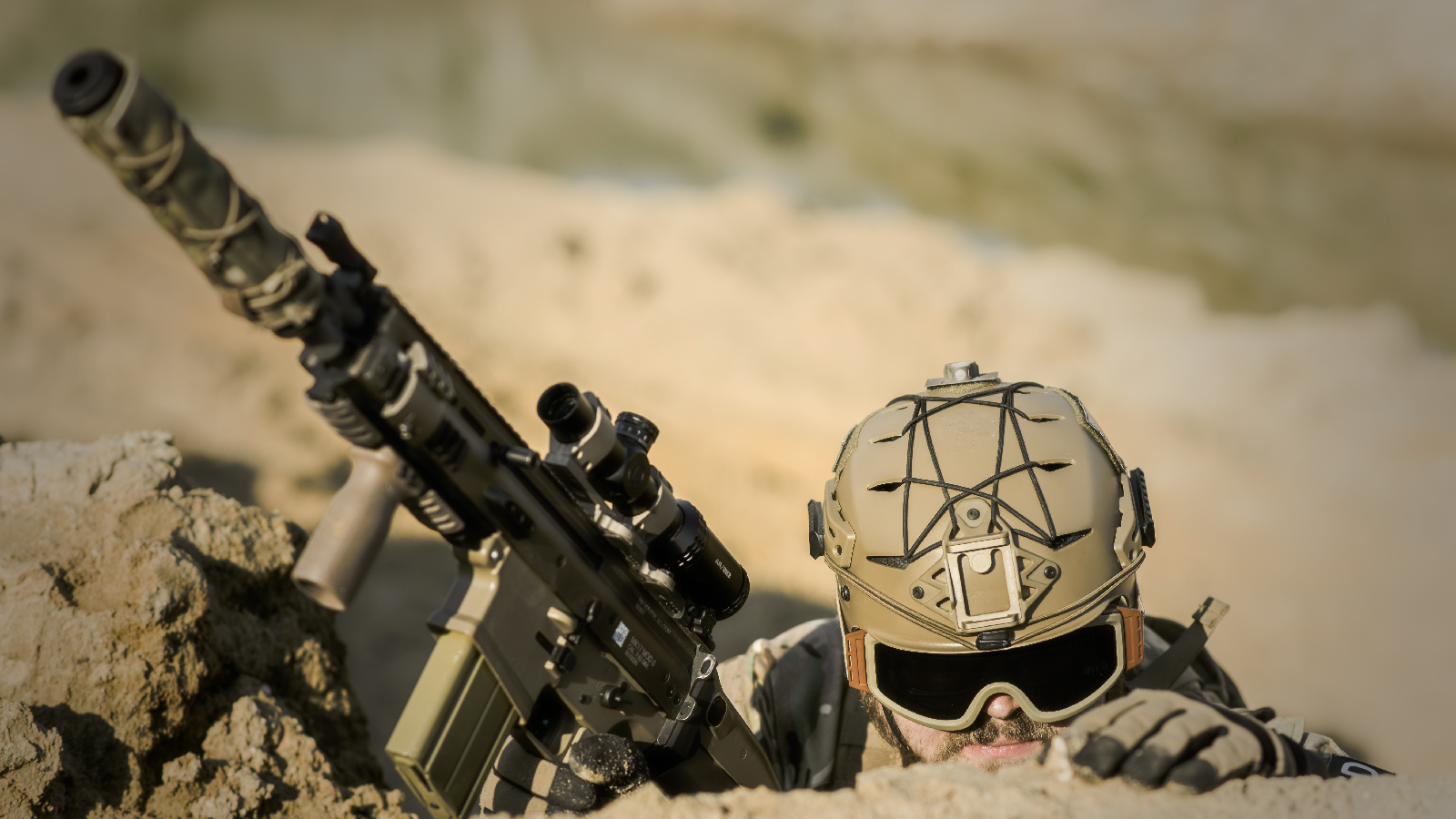Four years ago NATO set out on an unusual experiment to see if it could “gamify” international security — essentially create a game to help solve complex security issues better than a never-ending Powerpoint ever could.
The effort began as a purely an exercise in cyberspace, but scientists quickly realized that vision was too narrow.
“[I]nitial research showed that cyber warfare did not exist as a separate entity from other domains of war,” NATO advisor Berke Capli explained in a recent video. “In addition, events occurring during the start of the research showed that there was a significant shift towards multi-domain concepts.”
So, as cyberspace is entangled in the physical world, so is the latest version of NATO’s game. The video published online by NATO shows several players around a tabletop game in which different entities, from “legitimate government” to military to non-governmental organizations, are placed and moved on a map. The idea is to keep the “crisis level” as low as possible — while riots or epidemics push the crisis level higher. The team involved pulled in expertise on cybersecurity from Estonia, megacity research from Rome and information operations from Latvia.
But one detail in particular stood out in an example scenario: one in which a port city is invaded by red pieces that Capli called an aggressor nation’s “unmarked paramilitary forces.” Capli did not make this comparison, but the scenario is eerily reminiscent of Russia’s invasion of Crimea in 2014.
That was when undeclared Russian forces, which would become widely known as Russian President Vladimir Putin’s “little green men,” infiltrated the Ukrainian peninsula and stormed the regional parliament. Russia initially denied the soldiers were Russian forces, but a year later appeared to admit what one soldier had said at the time, “We’re Russians.”
RELATED: How Kremlin ‘Curators’ Could Explain Syrian Disaster
NATO, an alliance designed specifically to counter Russian influence in Europe, is more than aware of how “little green men” are used in what it referred to as “hybrid warfare.”
“Hybrid threats and hybrid tactics is something we see coming from many different directions, from states and non-state actors,” then-NATO Secretary General Jans Stoltenberg said in 2019. “And hybrid tactics is everything from the use of a covert military operation, little green men, as we saw in Crimea, to disinformation campaigns, as we have seen in many NATO Allied countries, or as cyber-attacks. Of course, NATO is constantly adjusting and changing our structure, modernizing the Alliance.”
RELATED: Lithuanian Intel on Biggest Threats: Russia, Russia, Russia (and China)
Using game strategy to counter little green men and other attacks is among the latest strategies — one that will be literally boxed and shipped “within the NATO community” so officials in the alliance can play.
“Military operations in the hybrid threat environment is the new normal for NATO,” Capli said. “This research effort focuses on developing a wargame to change the current military mindset towards a more multi-domain approach…”
But Capli was clear, there is no such thing as winning.
“It is designed not to be won, but rather to manage the crisis and restore stability, which is one of NATO’s core tasks,” he said.
PRIMARY SOURCE: NATO Science Presents: Training by Gaming (NATO)
[Do you have a tip or question for Code and Dagger? Send it along at CodeAndDagger@protonmail.com. And if you like what you read and want to help keep the site running (kind of) smoothly, click here to learn how you can lend your support.]











